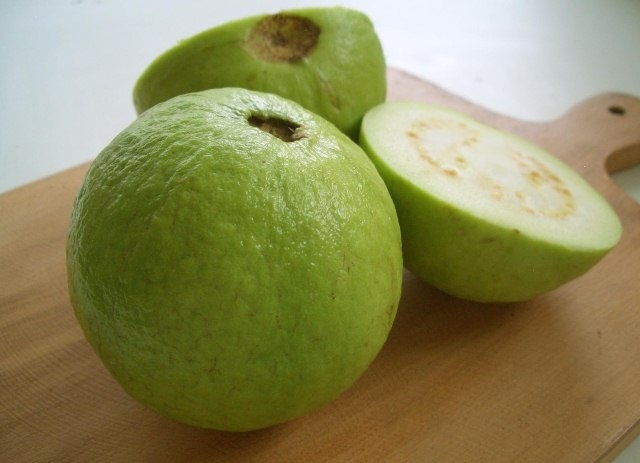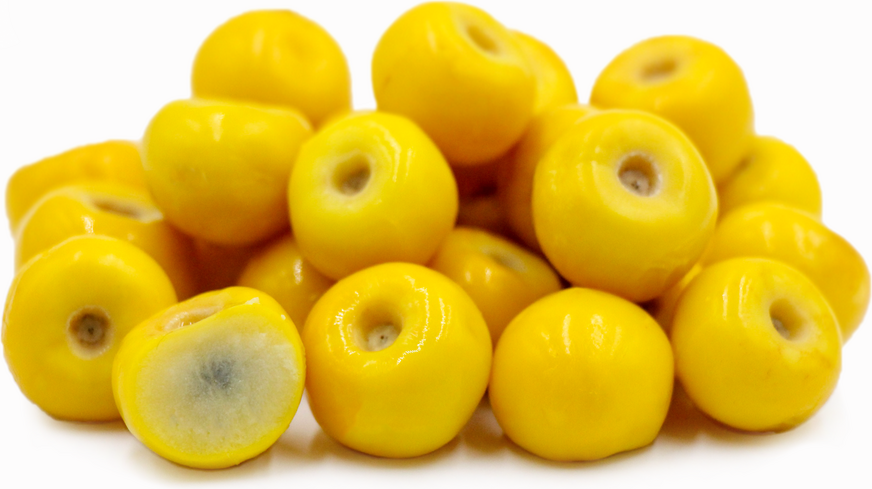Costa Rica Living – Roadside fruit stands are a delightful culinary experience not to be missed while traveling through Costa Rica. The country’s tropical climate and fertile volcanic soil create excellent conditions for a wide range of fruits to flourish. Although travelers may be familiar with fruits such as mango, papaya and coconut, Costa Rica offers a wide variety of nutritious and tasty tropical fruits, which stand out for their freshness and exotic flavor. Below are the top five must-try delicacies no traveler should miss on their next trip:
Nance
The Nance is a small yellow berry with delicate skin and a white pulp. It grows in clusters, which acquire a penetrating aroma. They are sweet and slightly bitter. The tree can be found in Costa Rica’s dry forests, savannas and coastal areas, such as Alajuela, Puntarenas, and Guanacaste. Nance fruit is often used to prepare beverages, craft liquors, ice cream and desserts. It is a rich source of vitamin C and fiber.
Guaba
In Costa Rica, Guaba is synonymous with luck. When someone is particularly lucky, they are called “Guabero”. Not to be confused with guava, the Guaba tree can measure up to 50 feet high and produces beautiful flowers. The fruit pods vary in size and shape, but have a woody bark that contains black seeds covered in a white cottony layer of delicate sweet flavor. Due to its flavor and texture, it is also known as the “ice cream bean.” Guabas are usually available during the rainy season and are often used as an ingredient in salads and ice cream. Its seeds are often used to create jewelry, usually necklaces or earrings, which can be found in craft markets throughout Costa Rica. This fruit is rich in vitamin C, fiber and other micronutrients.
 Cas
Cas
Cas is a small round green fruit that can be found throughout Costa Rica. The skin is thin and the pulp is fleshy and juicy. Cas juice, which is made with ripe Cas, is tart—somewhat similar to lime or lemonade, but has its own unique flavor. It is a Costa Rican staple during mealtime. Cas is available throughout the year, but is most common from November to August. This fruit is rich in vitamin C, vitamin A, fiber and potassium.
Mamón Chino
Mamón Chino is an exquisite round fruit covered in an intensely bright red skin, which is protected with soft thorns. The trees grow in clusters and can reach up to 65 feet in height. Mamón Chino is typically found in the southern regions of Costa Rica, where small and large producers, especially from the Corredores area, produce high quality fruit. The sweet and juicy pulp is consumed fresh, and is the ideal ingredient for the preparation of desserts, salads and drinks. Mamón Chino is a rich source of vitamin C, potassium, fiber, vitamin A and other beneficial components for health.
Pitahaya
Pitahaya belongs to the cactus family, is native to Mesoamerica and is also known as dragon fruit. The plant grows in dry stony areas, and is resistant to drought. In Costa Rica, it is found in tropical dry forests—mainly north of Puntarenas and Guanacaste. It is also possible to find the plant in some dry areas of the Central Valley. The Pitahaya fruit is oval-shaped with a bright pink and scaly surface. The pulp is soft and translucent, with multiple tiny black seeds—similar to that of grapes. The fresh pulp is a common ingredient in desserts, drinks, salads and ice cream. On the Costa Rican Colón, the Pitahaya appears as a symbol of the country’s natural heritage. This fruit is rich in vitamin C, iron, phosphorus, potassium and fiber; it is also a rich source of antioxidants.
For travelers seeking a culinary adventure that brings all the senses to life, Costa Rica’s road side fruit stands await. For more information on visiting the country, please visit www.VisitCostaRica.com.
SOURCE Costa Rica Tourism Board
For further information: Ines Cano, Cheryl Andrews Marketing Communications, P: 305-444-4033, costa.rica@cam-pr.com, http://www.VisitCostaRica.com

